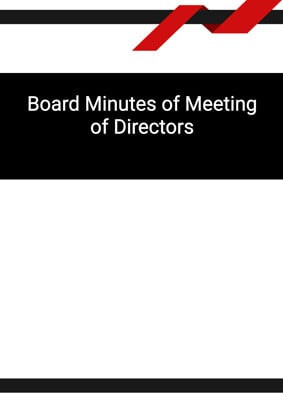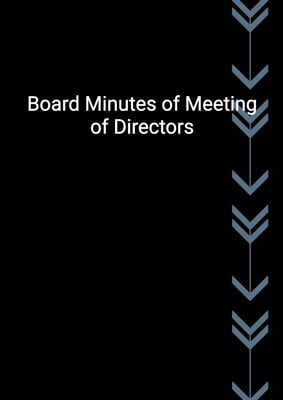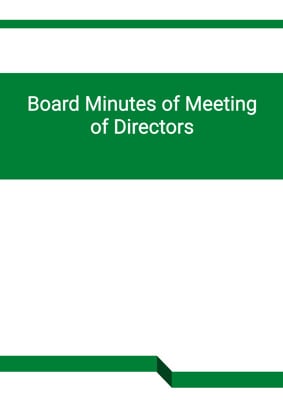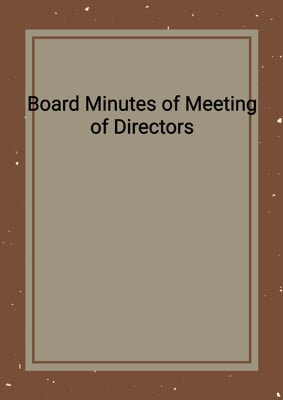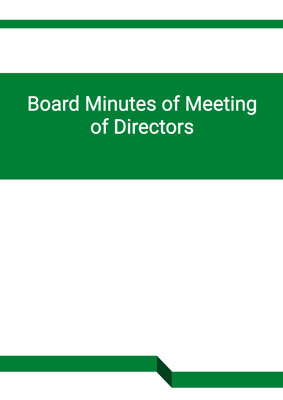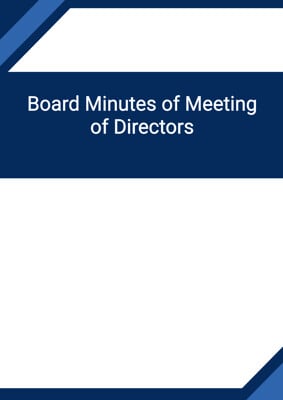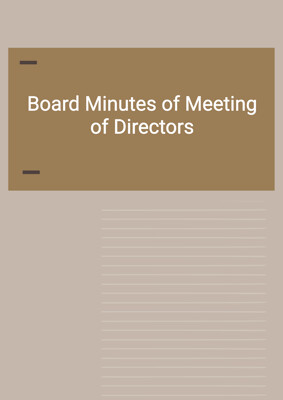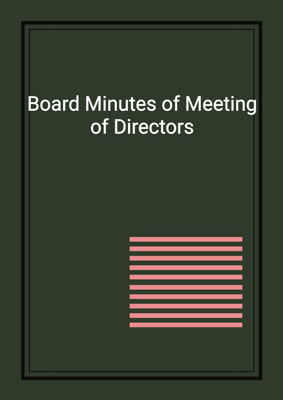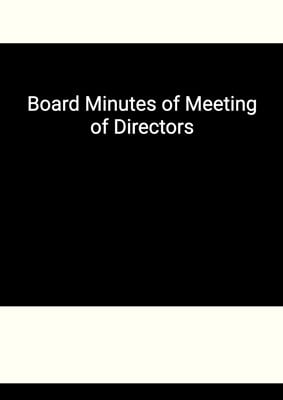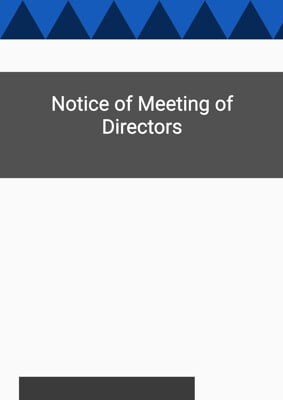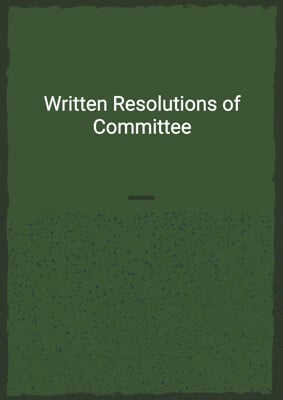How to Tailor the Document for Your Need?
01
Create Document
Click "Create Document" button and the document will be prepared with your account details automatically filled in.
02
Fill Information
Please fill in any additional information by following the step-by-step guide on the left hand side of the preview document and click the "Next" button.
03
Get Document
When you are done, click the "Get Document" button and you can download the document in Word or PDF format.
04
Review Document
Please review the document carefully and make any final modifications to ensure that the details are correct before publication / distribution.
Document Preview
Document Description
The document titled 'Disclosure of Interest' is a confidential disclosure made by a director to the board of directors of a company. The purpose of this document is to notify the board of any potential conflicts of interest that may arise between the director's personal interests and the interests of the company. This disclosure is required under the company's articles of association.
The document begins with a header containing the recipient's information, including the board of directors, the company's name, registration number, and address. It is important to include this information to ensure that the document is properly addressed and reaches the intended recipients.
The document is marked as confidential to emphasize the sensitive nature of the information being disclosed. This ensures that the contents of the document are treated with the necessary confidentiality and are not shared with unauthorized individuals.
The date of the document is also mentioned to provide a reference point for when the disclosure was made. This allows the board to track the timeline of the disclosure and take appropriate actions if necessary.
The document is addressed to the board of directors, indicating that the disclosure is being made to the highest governing body of the company. This ensures that the disclosure is brought to the attention of the relevant decision-makers and can be properly evaluated.
The body of the document consists of three sections, each addressing a different aspect of the director's potential conflicts of interest. The first section pertains to contracts between the company and other companies or corporations where the director holds a position as a director, secretary, or manager. The director is required to disclose the names of these companies or corporations and provide a brief description of the nature of their interest or connection.
The second section deals with companies or corporations in which the director has a material interest as a member or creditor. The director is required to disclose the names of these companies or corporations, as well as the number or amount of shares or debentures they hold and the class or type of shares or debentures.
The third section pertains to businesses owned or partnered by the director. The director is required to disclose the names of these businesses to ensure transparency and avoid any potential conflicts of interest.
The document concludes with a closing statement and the director's signature, indicating that the disclosure is made in good faith and in compliance with the company's articles of association. The director signs the document to authenticate the disclosure and take responsibility for its contents.
In summary, the 'Disclosure of Interest' document is a crucial tool for ensuring transparency and accountability within a company. It allows directors to disclose any potential conflicts of interest and enables the board of directors to make informed decisions in the best interest of the company.
How to use this document?
1. Review the document: Familiarize yourself with the 'Disclosure of Interest' document and understand its purpose and importance within the company.
2. Identify the recipient: Determine the appropriate recipient(s) of the document, which is typically the board of directors. Ensure that the document is addressed correctly to ensure it reaches the intended recipients.
3. Fill in the company information: Enter the relevant company information, including the company's name, registration number, and address. This ensures that the document is properly identified and associated with the correct company.
4. Mark the document as confidential: Clearly indicate that the document is confidential to emphasize the sensitive nature of the information being disclosed. This ensures that the document is treated with the necessary confidentiality and is not shared with unauthorized individuals.
5. Include the date: Specify the date on which the disclosure is being made. This provides a reference point for tracking the timeline of the disclosure and any subsequent actions taken.
6. Address the document to the board of directors: Ensure that the document is specifically addressed to the board of directors, indicating that the disclosure is being made to the highest governing body of the company. This ensures that the disclosure reaches the relevant decision-makers.
7. Provide details of contracts with other companies or corporations: If applicable, disclose any contracts between the company and other companies or corporations where the director holds a position as a director, secretary, or manager. Include the names of these companies or corporations and provide a brief description of the nature of their interest or connection.
8. Disclose material interests as a member or creditor: If applicable, disclose any companies or corporations in which the director has a material interest as a member or creditor. Include the names of these companies or corporations, as well as the number or amount of shares or debentures held and the class or type of shares or debentures.
9. Disclose businesses owned or partnered by the director: If applicable, disclose any businesses owned or partnered by the director. Include the names of these businesses to ensure transparency and avoid potential conflicts of interest.
10. Close the document: Conclude the document with a closing statement and the director's signature. This indicates that the disclosure is made in good faith and in compliance with the company's articles of association. The director's signature authenticates the disclosure and takes responsibility for its contents.
Note: It is important to consult legal professionals or company policies to ensure compliance with specific requirements and regulations regarding the 'Disclosure of Interest' document.
Not the right document?
Don’t worry, we have thousands of documents for you to choose from:






